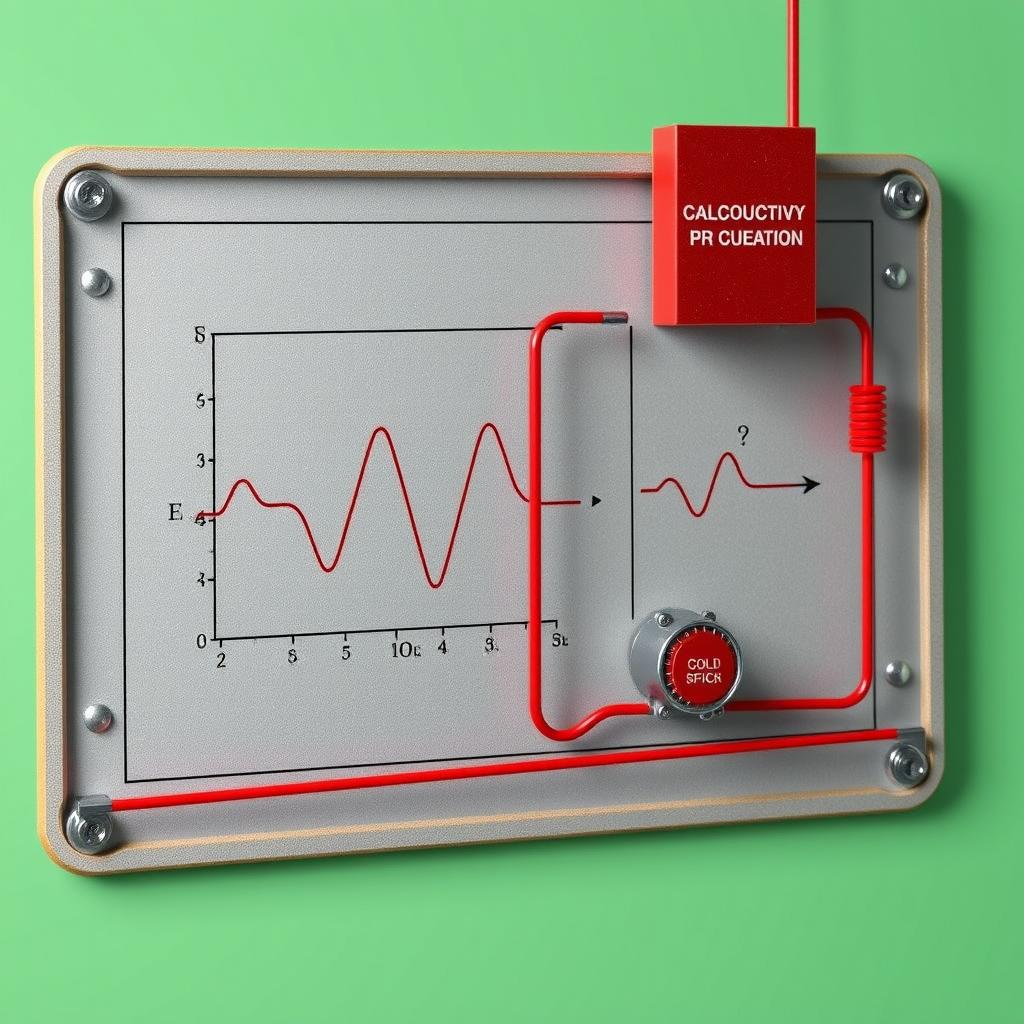Mastering Short-Circuit Current Calculations
Designing safe and reliable electrical installations requires a deep understanding of short-circuit currents. These powerful surges of electricity, caused by unintended contact between conductors, can lead to equipment damage, fires, and even fatalities. Accurate calculation of short-circuit currents is crucial for selecting appropriate protective devices like circuit breakers and fuses, ensuring the system can withstand the immense forces involved, and protecting human life. This blog post explores the key methods for calculating short-circuit currents, focusing on the impedance method and the IEC 60909 standard approach, providing insights beyond simple software applications.
Understanding Short-Circuit Types and Their Consequences
Short circuits come in various forms, each with distinct characteristics and implications. The most common are phase-to-earth faults (80% of occurrences), followed by phase-to-phase faults (15%), and three-phase faults (5%). The consequences can range from localized damage to equipment, such as insulation breakdown and conductor welding, to broader network disruptions, including voltage dips, system shutdowns, and even cascading failures. As the Schneider Electric “Cahier Technique” no. 158 highlights, “Consequences include: …damage to insulation…welding of conductors…fire and danger to life…electrodynamic forces… excessive temperature rise…” The severity depends on the fault’s duration, location, and the available short-circuit power.
The Impedance Method: A Step-by-Step Approach
The impedance method, detailed in the “Cahier Technique,” offers a precise way to calculate short-circuit currents in low-voltage networks. This method involves summing the individual resistances and reactances of all components in the fault loop, from the source to the fault location. The total impedance (Zsc) is then used with Ohm’s law to calculate the short-circuit current (Isc = U/Zsc). This approach requires detailed knowledge of the characteristics of each element in the circuit, including sources, transformers, cables, and busbars. The document emphasizes the importance of considering factors like conductor resistivity (ρ), varying with temperature and fault type, and reactance per unit length (XL), influenced by conductor spacing and layout. Understanding these parameters allows for fine-tuning the calculations, as “The resistance per unit length of overhead lines, cables and busbars is calculated as RL = ρ/A”.
Calculating Impedances of Different Network Components
Accurate impedance calculations are paramount. The “Cahier Technique” provides detailed guidance on determining the impedances of various network components. For upstream networks, short-circuit power (Ssc) is often the available data, enabling impedance calculation. Transformer impedances are derived from their short-circuit voltage (usc) and kVA rating (Sn). Line impedances depend on resistance and reactance per unit length and cable length. The resistance and reactance of rotating machines, like generators and motors, are typically expressed as percentages and require specialized considerations, accounting for subtransient, transient, and steady-state reactances. “For low power levels, however, calculation of ZT is required because the ratio RT/XT is higher.”
IEC 60909: A Standard for Accurate Calculations
The IEC 60909 standard provides a robust method for calculating short-circuit currents in both radial and meshed networks, from low voltage to 550 kV. It leverages symmetrical components—positive, negative, and zero-sequence impedances—to analyze unbalanced fault conditions. This approach is particularly valuable when dealing with asymmetrical faults (phase-to-earth or phase-to-phase) and networks with rotating machines or special transformer configurations. The standard also introduces correction factors (KT, KG, KS) to refine calculations for transformers and generators, enhancing the accuracy of the results. The method requires considering the equivalent voltage at the fault location, accounting for voltage variations and tap-changer positions. The “Cahier Technique” emphasizes the importance of distinguishing between faults near and far from generators, influencing the nature of the short-circuit current development.
Calculating Various Short-Circuit Current Parameters
Beyond the initial short-circuit current (I”k), the IEC 60909 method allows for calculating several other key parameters. The peak short-circuit current (ip) determines the equipment’s electrodynamic withstand capability. The short-circuit breaking current (Ib) is crucial for selecting circuit breakers with sufficient breaking capacity. Finally, the steady-state short-circuit current (Ik) helps to assess long-term system stability. The “Cahier Technique” provides formulas for calculating these parameters and highlights the importance of considering factors like the R/X ratio and the minimum dead time (tmin) for precise results.
Practical Examples and Software Applications
The “Cahier Technique” concludes by presenting detailed calculation examples for various fault types and network configurations, illustrating the application of the discussed methods. These examples highlight the significance of different components and their influence on the overall short-circuit current. While manual calculations are possible for simpler cases, the document acknowledges the increasing reliance on specialized software for complex network analysis. The use of software like Ecodial, mentioned in the article, streamlines the process and enhances accuracy, especially when dealing with large or intricate networks. However, it underscores that software is merely a tool— expertise and a solid understanding of the underlying principles remain essential for accurate interpretation and reliable design.
Conclusion
Accurate calculation of short-circuit currents is not merely a theoretical exercise; it’s a critical step in ensuring the safety and reliability of any electrical installation. The impedance method and IEC 60909 standard, discussed in the “Cahier Technique,” provide powerful tools for this purpose. While sophisticated software simplifies calculations, a thorough understanding of the principles and underlying assumptions is crucial for informed decision-making in electrical system design. By mastering these methods, engineers can design installations that effectively withstand short-circuit events and protect lives and property.




